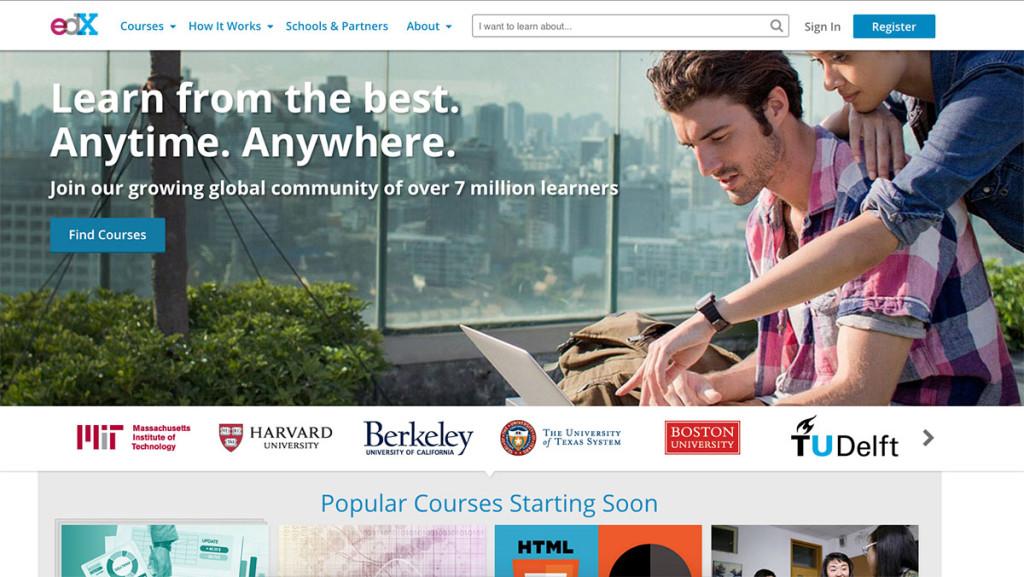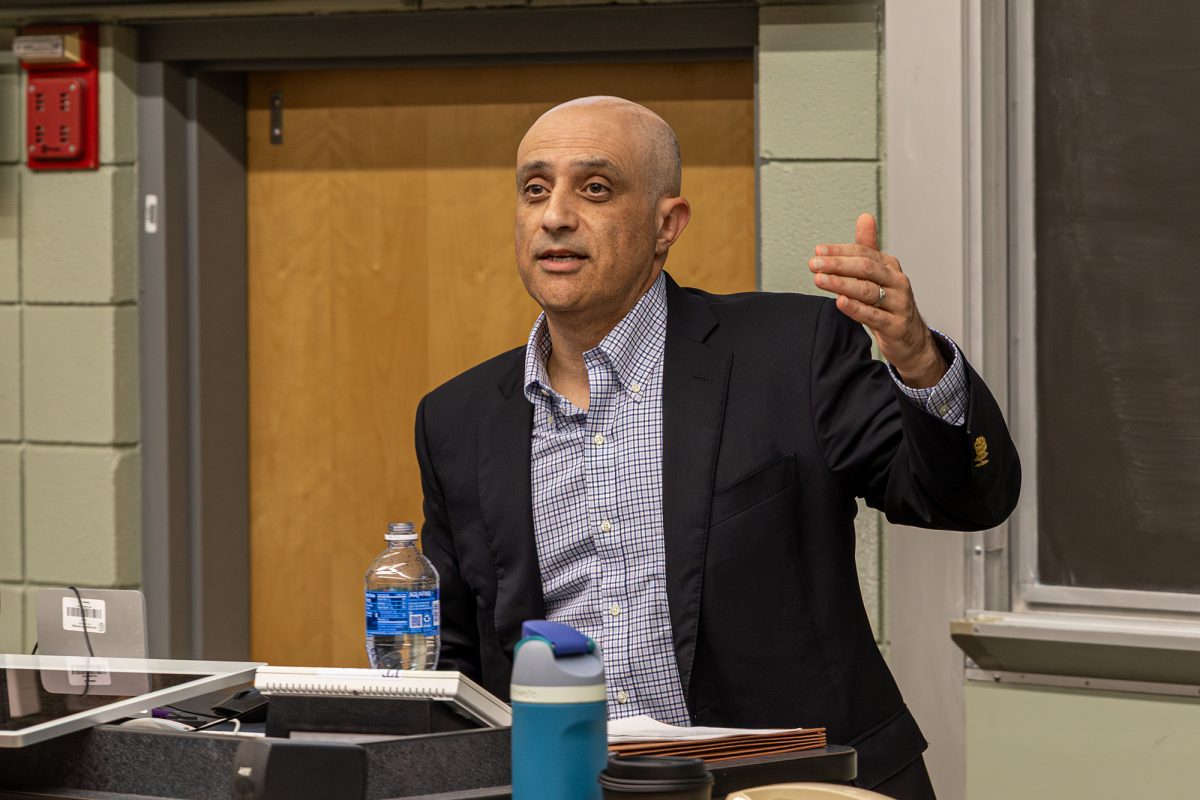In 2013, some educators feared massive open online courses would eliminate the need for the traditional residential college experience, with free classes that anyone could access. However, they have not gained as much traction as originally expected.
In a 2013 letter to faculty members, Ithaca College President Tom Rochon discussed an Ithaca College Board of Trustees meeting that focused heavily on MOOCs “as a threat to the residential college model,” in part because courses could be completed from the comfort of home, as opposed to in a formal classroom. However, according to a publication by the International Review of Research in Open and Distributed Learning, since that time, the average completion rate for MOOCs has only been about 6 percent.
Online course options are still being utilized by educators and students, but not to the extent that was originally imagined. MOOCs have proved to be costly and are not always as appealing to students seeking a liberal arts education.
MOOCs are free and available to anyone, and include the main aspects of traditional college classes: assignments and completion. Juliana Marcques defines MOOCs in a 2013 MOOCs News and Reviews article as online lessons, having assignments along the way, ending with a confirmation that the student completed the course.
EdX, a MOOC provider, charges universities at least $250,000 per course for their consulting and design services, according to a 2013 Mind the Campus article. According to the article, professors have to create all the same material and work that would be necessary for a traditional classroom and make it accessible online. Instead of showing up to class and answering students’ questions, hours must be spent editing footage and creating scripts that anticipate any confusion that students might have.
MOOCs can have tens of thousands of students, making it almost impossible for the creators to track students’ progress and registration. Dennis Charsky, Communication Management and Design program director for the Roy H. Park School of Communications, said the size of these courses can be problematic.
“The size of them lessens the interactions between any particular student and the professor. You can’t have a discussion forum with 100,000 [students],” Charsky said.
He also cited the design of MOOCs as a main cause of not gaining popularity.
“Many MOOCs are ill–structured, and it takes a lot of onus on the student to do a lot of the work,” Charsky said. “It leaves for a lot of exploratory learning, which many students don’t like and can’t persist with.”
Some believe learning a skill through an online platform does not always replace the classroom experience. Freshman Ziya Morris, a cinema and photography major, said the residential aspect of her education has been the most valuable for her future.
“Ninety-five percent of my growth and learning as a filmmaker has come from my hands-on experience outside of the classroom with my fellow classmates,” she said.
Junior Eric Gindele said he thinks MOOCs could be a helpful tool for remedial learning.
“A massive online course would be really useful in learning basic film skills that I learned freshman year.”
In the past three years, other online teaching methods have seen a rise in popularity. Sites like Lynda.com, which has partnered with the college’s Digital Information and Instruction Services, have offered students and teachers the ability to familiarize themselves with subjects, without committing to a full course load. Danette Johnson, vice provost for educational affairs at the college, said faculty members have found Lynda.com to be useful.
“It provides short webinars and instruction on using statistical techniques, databases, or how to create a basic Web page; the kind of things people might want for their professional development, which they may not have a need enough to spend an entire course on that particular topic,” Johnson said.
Daniel Myers, provost at Marquette University in Milwaukee, Wisconsin, said he believes MOOCs do have a place in education and has taught one himself. Instead of earning credits, courses can be used to brush up on subjects that the student is already educated in, or needs for the career they are in. Myers taught a massive online statistics course to firefighters.
Some colleges and universities have decided to accept and transfer credits from MOOCs and develop their own versions — however, the college is not one of them. Arizona State University, the University of Illinois, and the Georgia Institute of Technology offer credits for MOOCs through Coursera and Edx. But universities such as the University of Pennsylvania and Cornell University, are offering their own courses to students across the globe.
Jennifer Wofford, director of extended studies, said MOOCs have no future at the college. She said colleges and universities that offer MOOCs for credit are often different in size and mission, and that massive courses do not fit the character of the college.
“Ithaca College doesn’t offer any MOOCs and has no plan to do so,” Wofford said.








